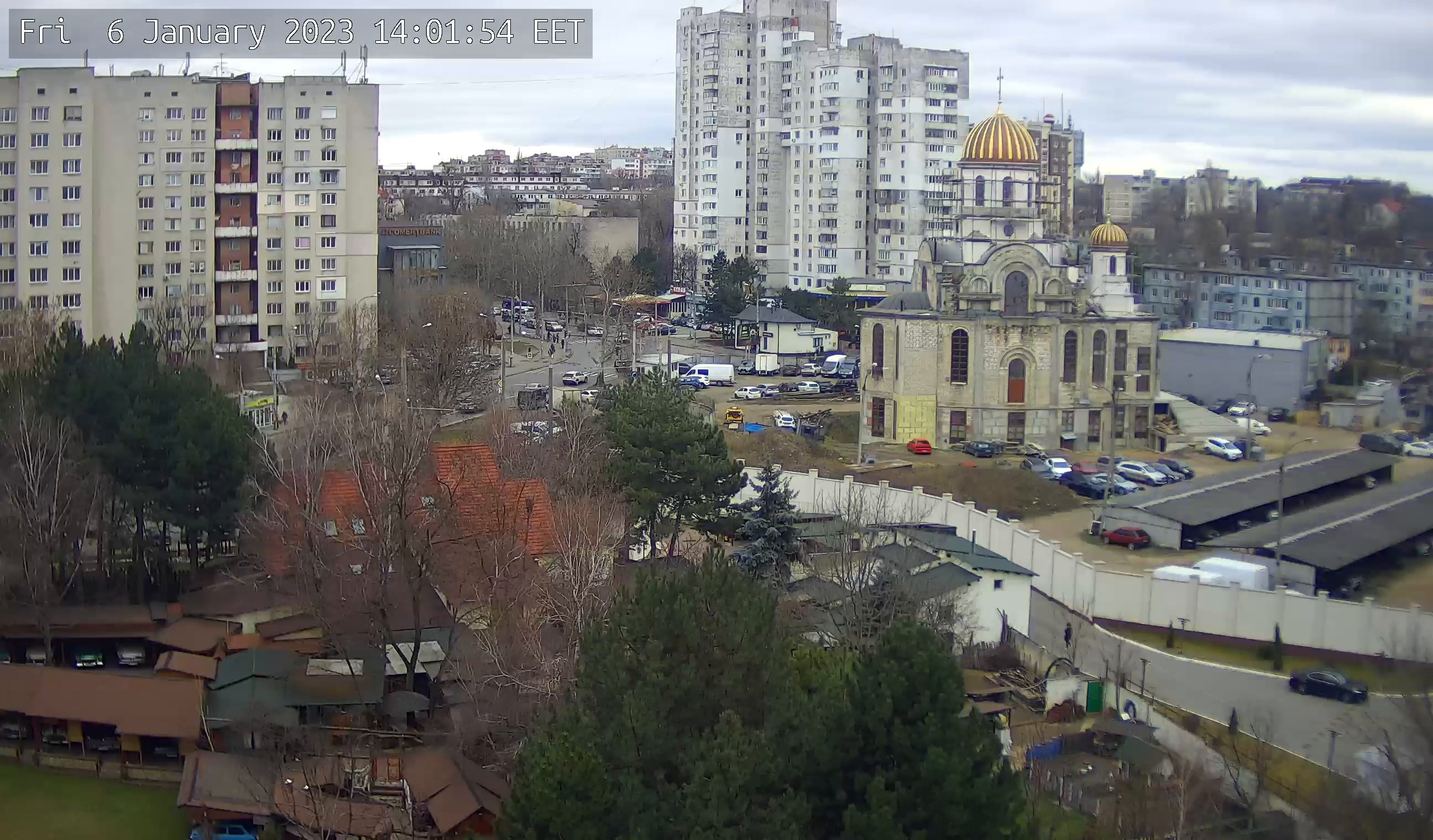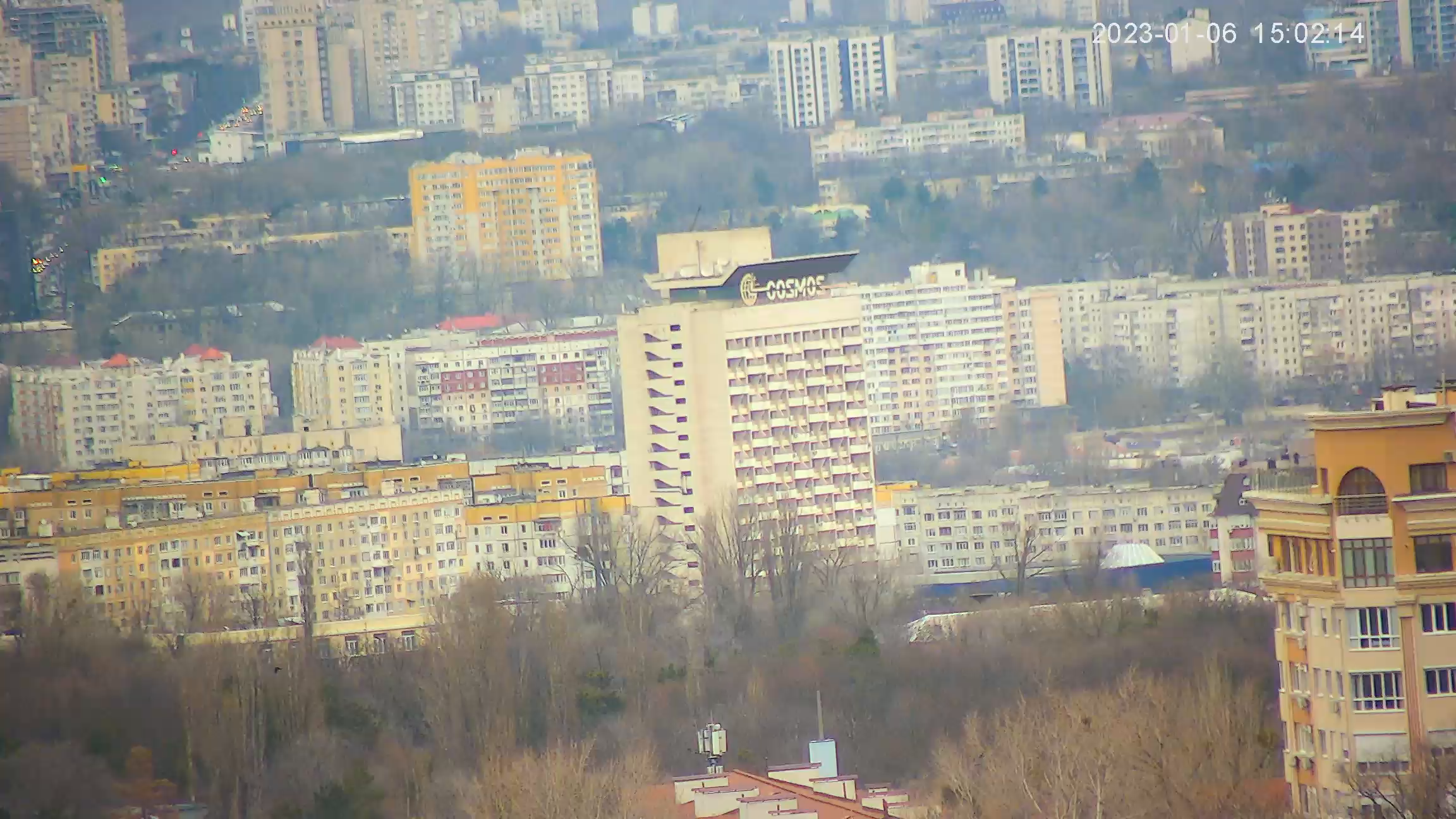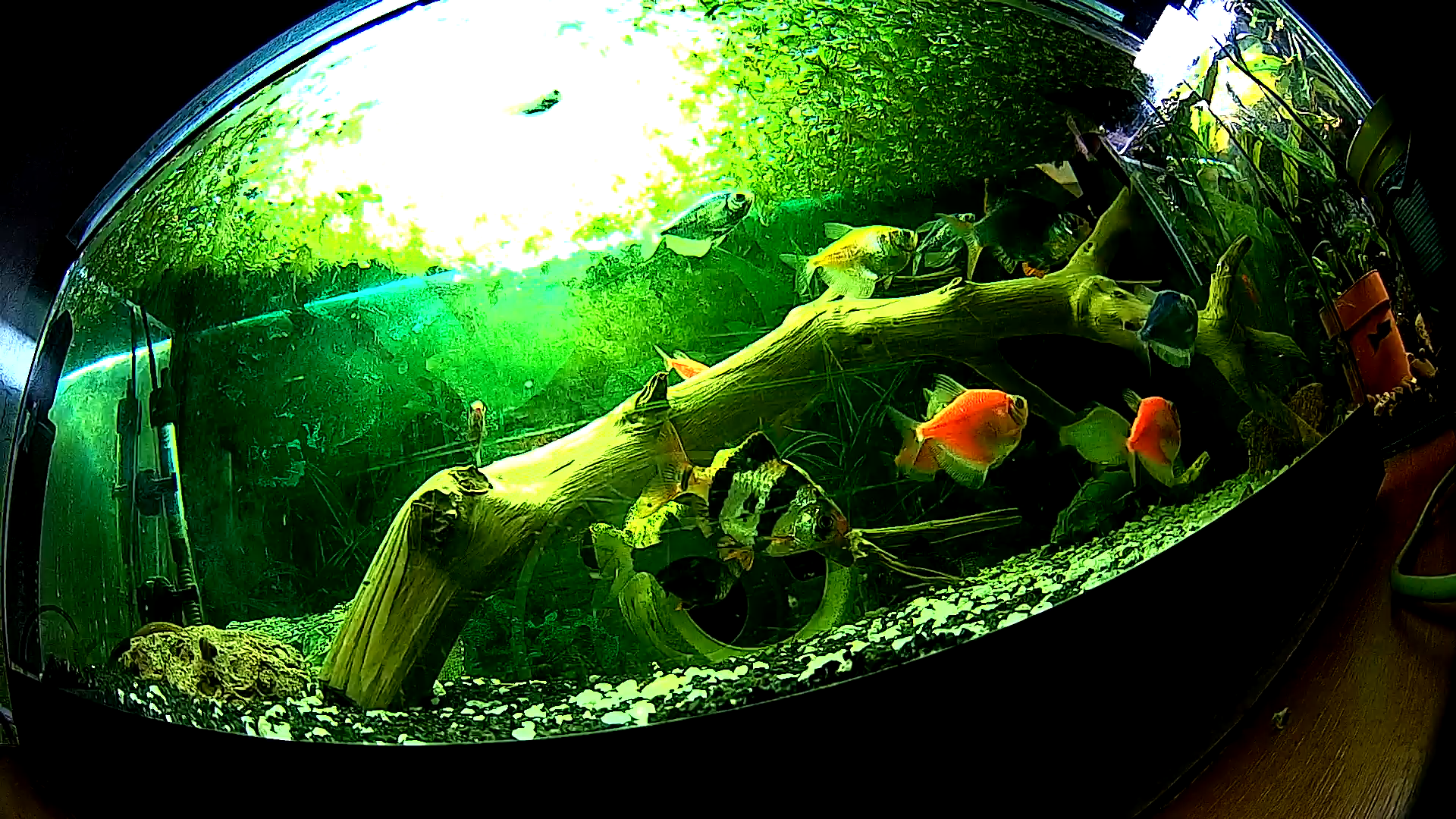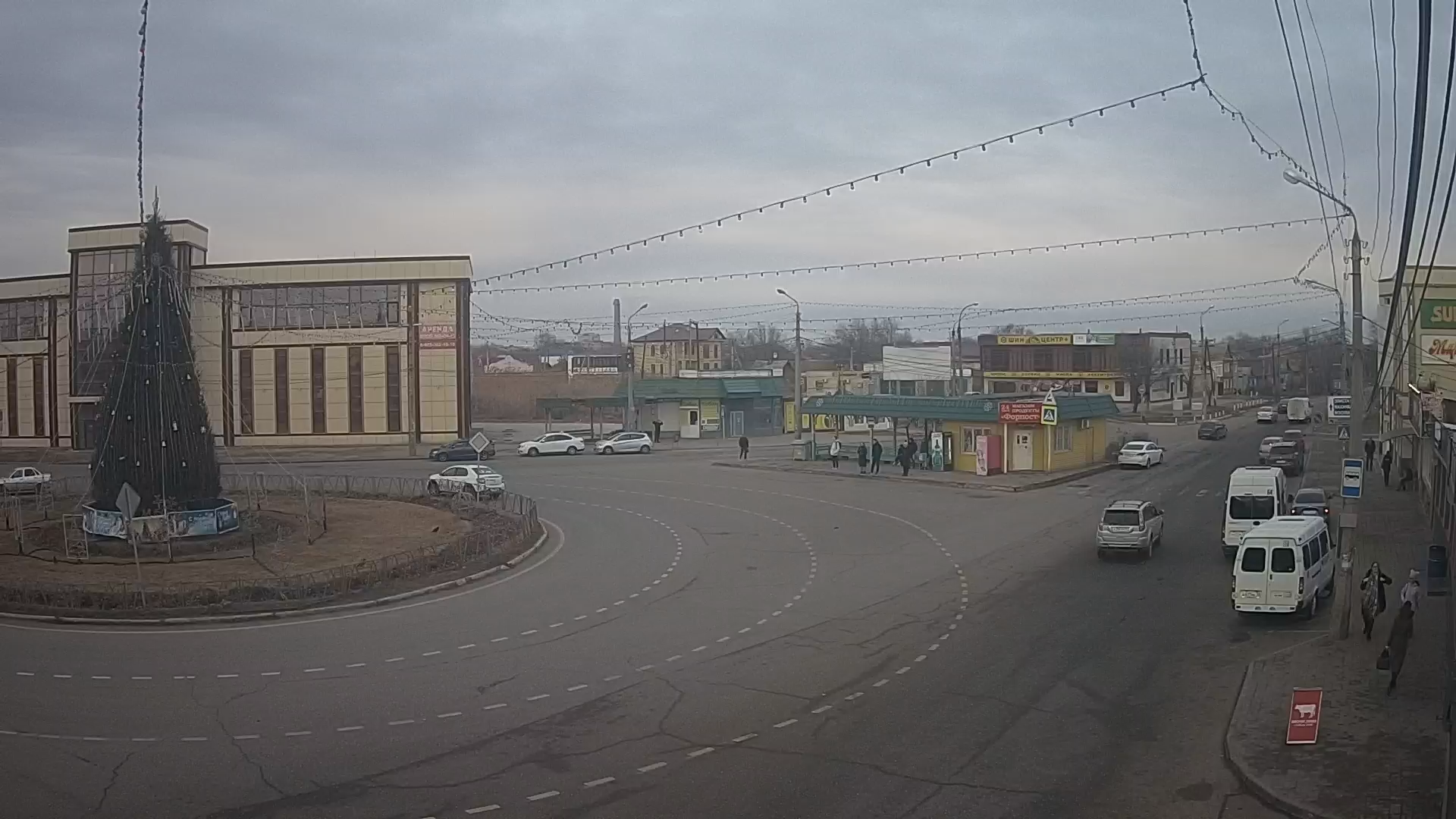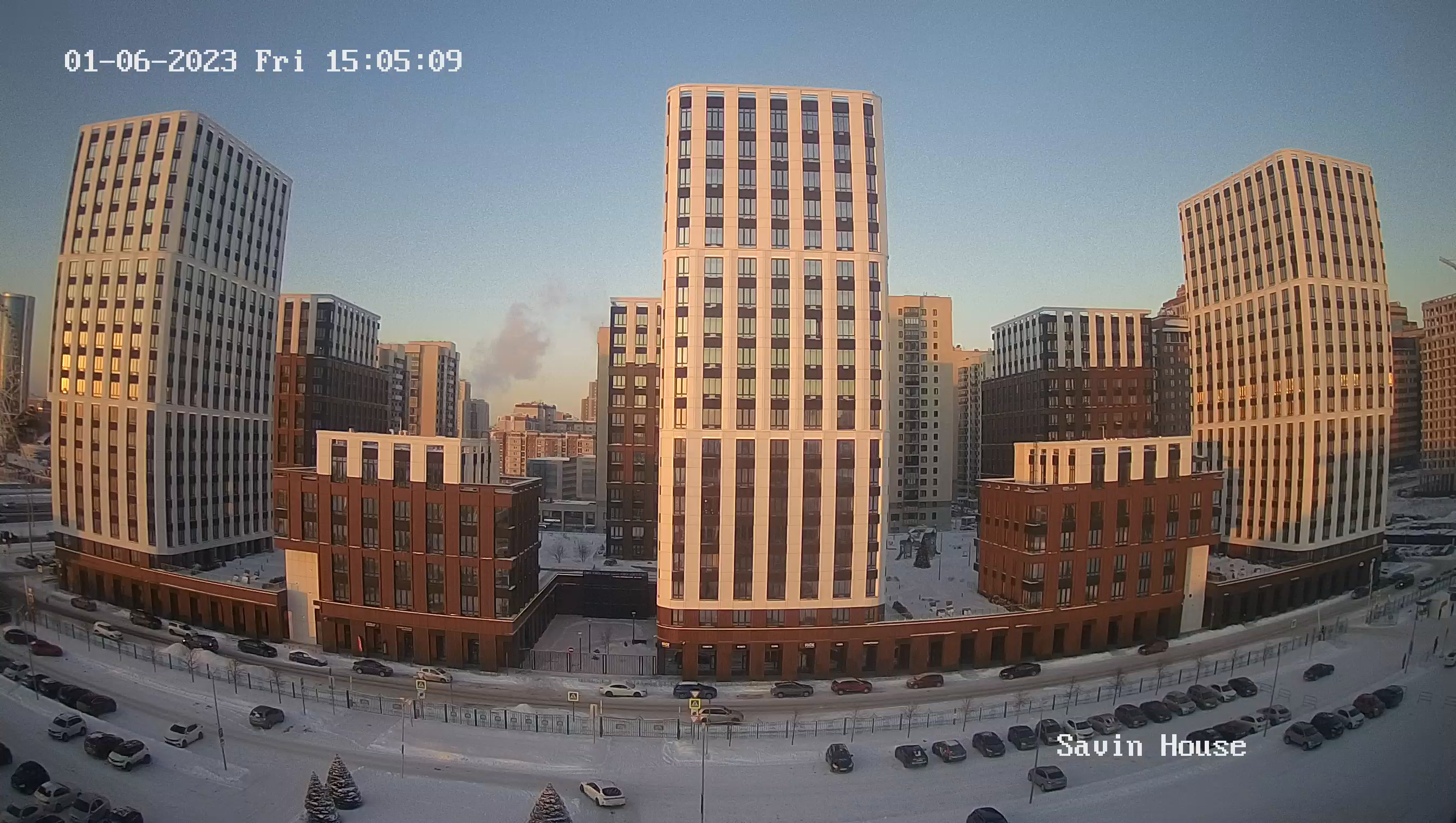Webcam St. Petersburg. Moscow Triumphal Gate online
The Moscow Triumphal Gate in St. Petersburg was the main monument erected to commemorate the victory of the Russian army in the war with the Ottoman Empire in 1834-38.
The architectural object is located at the intersection of Moscow and Ligovsky Prospekt. In the 18th century in this place there was a wooden building of the city gate, the soldiers of which checked all persons entering the capital.
The idea of building a stone gate was first put forward in 1773. Architect E. Falconet offered his project to St. Petersburg authorities but didn't get his approval. Only 40 years later tsar Nicholas I ordered the triumphal gates to be built on the first verst of the road to Moscow.
Famous architect V. Stasov who suggested using cast iron as the main material, designed the construction. Before proceeding to casting, the architect made a full-scale wood model of the construction which was then erected at the proposed place of installation. The emperor liked the gate and ordered to make the final version.
In 1834, the foundation-stone laying of the Moscow Triumphal Gate was solemnly laid. Builders erected slabs on which names of the authors of the project and members of the imperial family were carved. According to eyewitness accounts, the nobles were throwing gold coins into the foundation pit.
Workers began assembling the Triumphal Gate in 1836. The cast-iron construction weighed 830 tons. In addition, copper and iron parts weighing 97 tonnes were inserted into the frame.
After the installation work was completed, the decoration of the structure began. Stasov asked his friend B. Orlovsky to make statues of angels and goddesses which were placed along the whole crowning ledge. In addition, eight sculptural compositions with crossed arrows and swords were placed on the crowning cornice.
At the top of the gate is an inscription in gold letters, informing that the object was erected in honor of the victories of the Russian army over the Turks and Persians.
The Moscow Triumphal Gate is a unique structure. It is the world's largest architectural monument made of cast iron. The cost of the gate installation was astronomical: 1.8 million rubles.
In 1936, the reconstruction of the Moscow avenue, which required the dismantling of the Triumphal Gate. The authorities of Leningrad were going to re-install the object in one of the city parks, but the war that broke out didn't let those plans be implemented. The gate was sent to storage, the statues were sent to museum institutions. The upper sculptures were used to create anti-tank "hedgehogs".
After the victory in WWII, architects I.Kaptzyuga and E.Petrova initiated the project of reconstruction of the Moscow Triumphal Gate. By that time only 65 parts of the original composition remained; 43 bronze elements had been lost. All missing parts, including sculptures, were recast according to surviving drawings and photos. In 1961, the gate was used again for automobile transport arriving in St. Petersburg from Moscow.
Nowadays, the Moscow Triumphal Gate is a specially protected cultural heritage site of the country.

